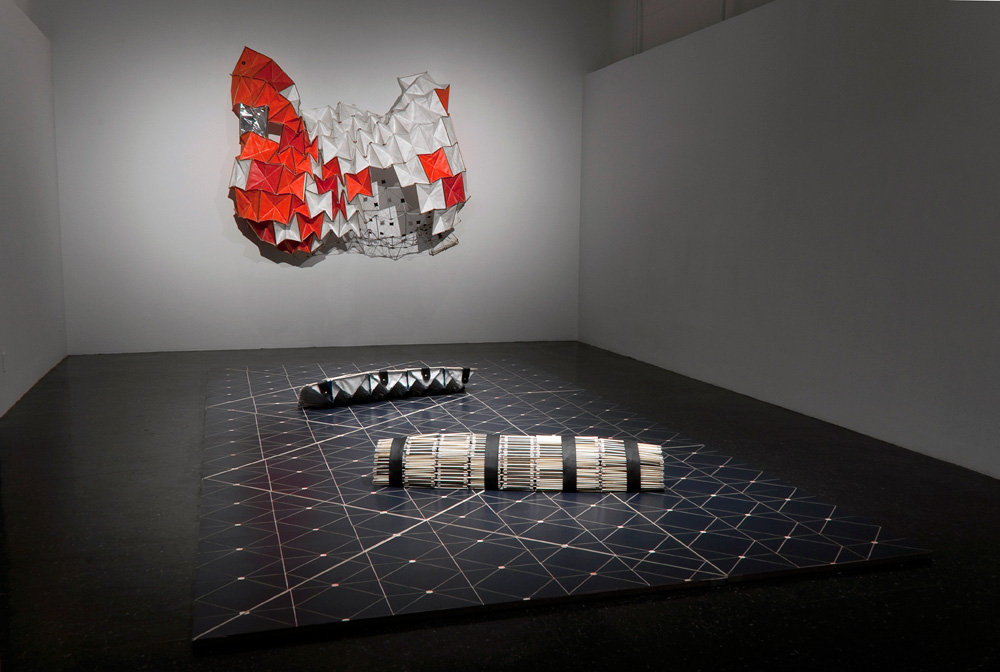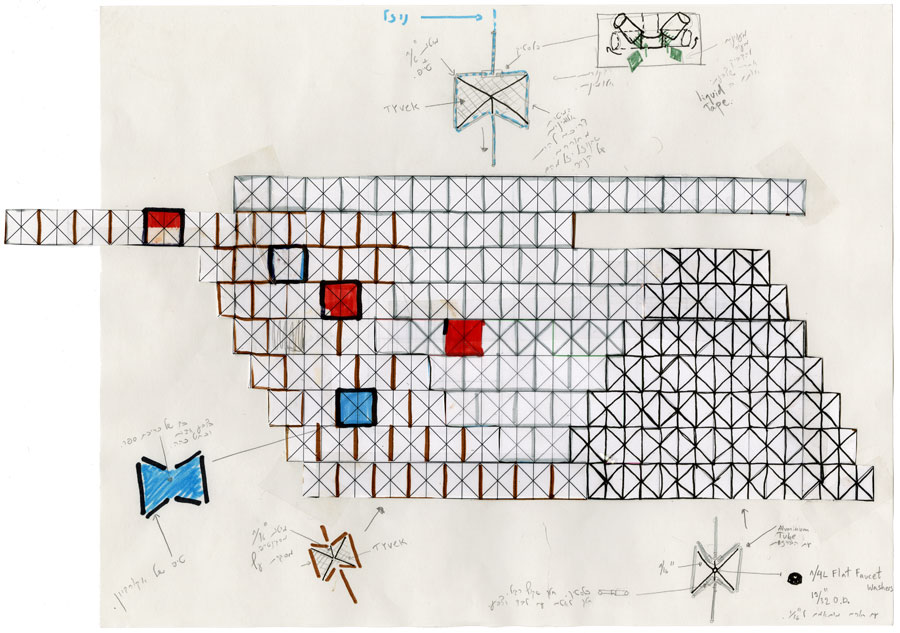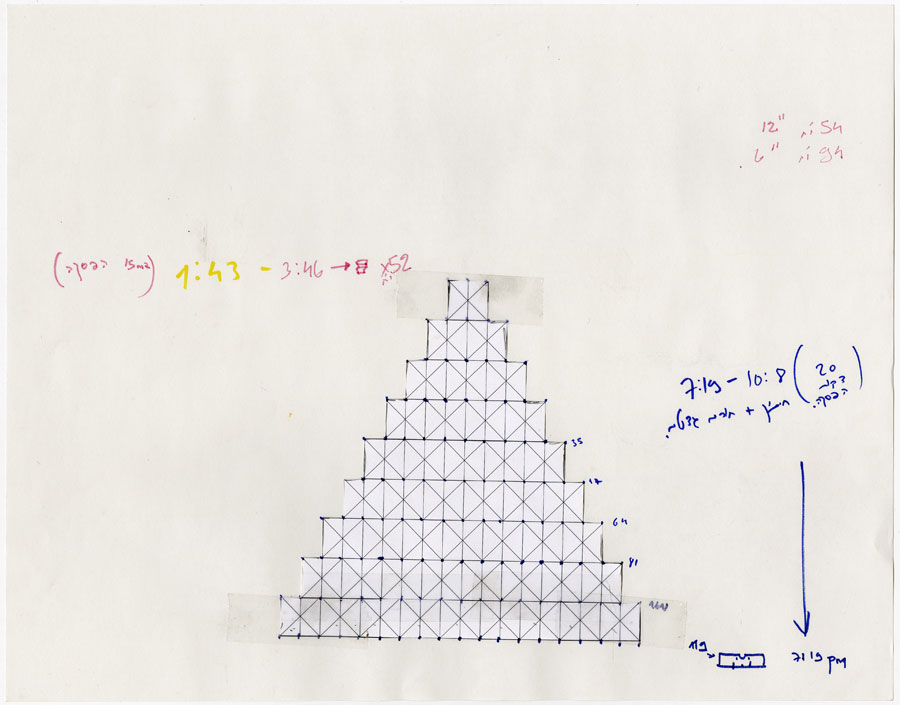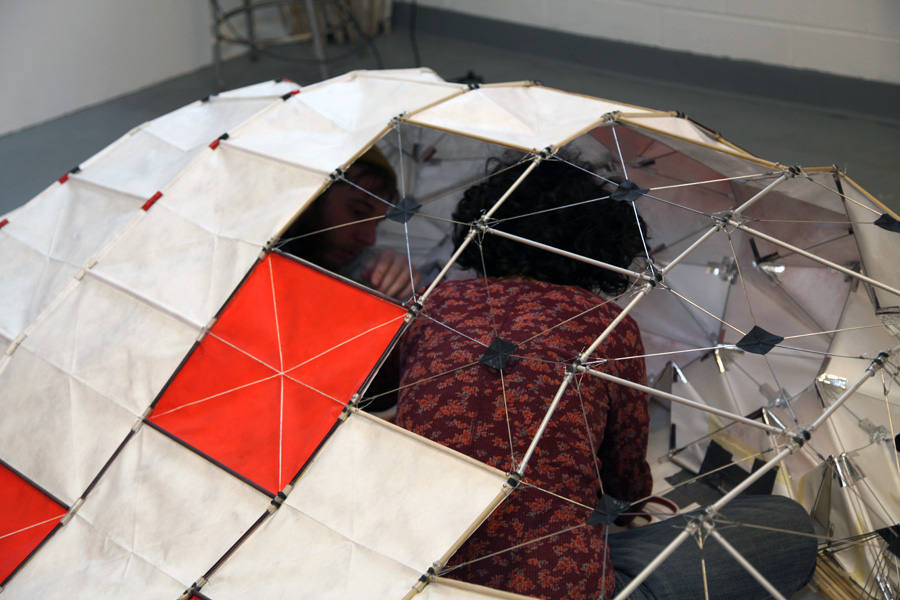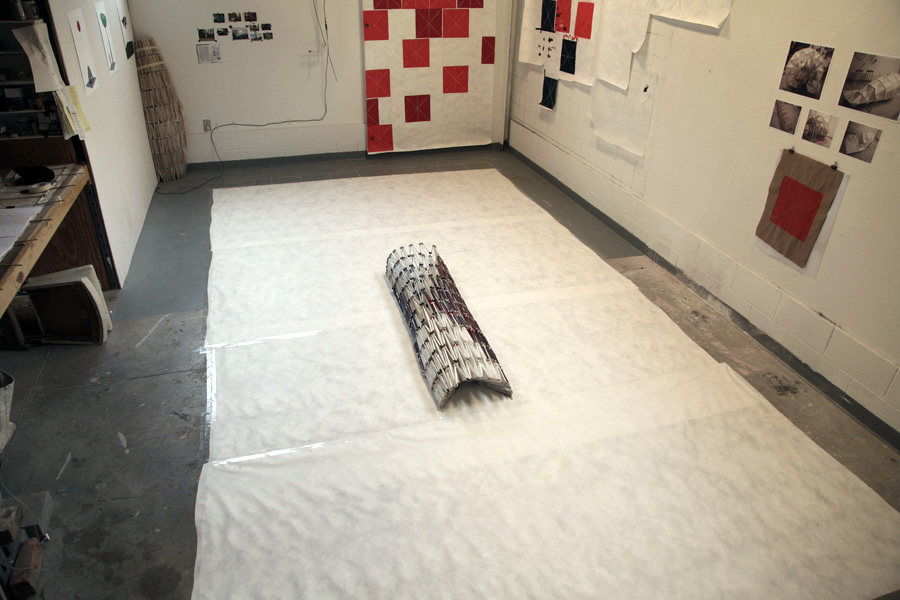
Modular Envelopes
In the beginning of the book “The poetics of space”, Gaston Bachelard relates imagination to a place:
For our house is our corner of the world. As has often been said, it is our first universe, a real cosmos in every sense of the word. If we look at it intimately, the humblest dwelling has beauty. Authors of books on “the humble home” often mention this feature of the poetics of space. But this mention is much too succinct. Finding little to describe in humble home, they spend little time there: so they describe it as it actually is, without really experiencing its primitiveness, a primitiveness which belongs to all, rich and poor alike, if they are willing to dream…..
..We shall see the imagination build “walls” of impalpable shadows, comfort itself with the illusion of protection- or, just the contrary, tremble behind thick walls, mistrust the staunchest ramparts. In short, in the most interminable of dialectics, the sheltered being gives perceptible limits to his shelter. He experiences the house its reality and in its virtuality, by means of thought and dreams. It is no longer in its positive aspects that the house is really “lived”, nor is it only in the passing hour that we recognize its benefits. An entire past comes to dwell in a new house.

